Affiliate links on Android Authority may earn us a commission. Learn more.
Should you replace your aging Google Pixel XL with a new Pixel 3 XL?
Published onNovember 10, 2018
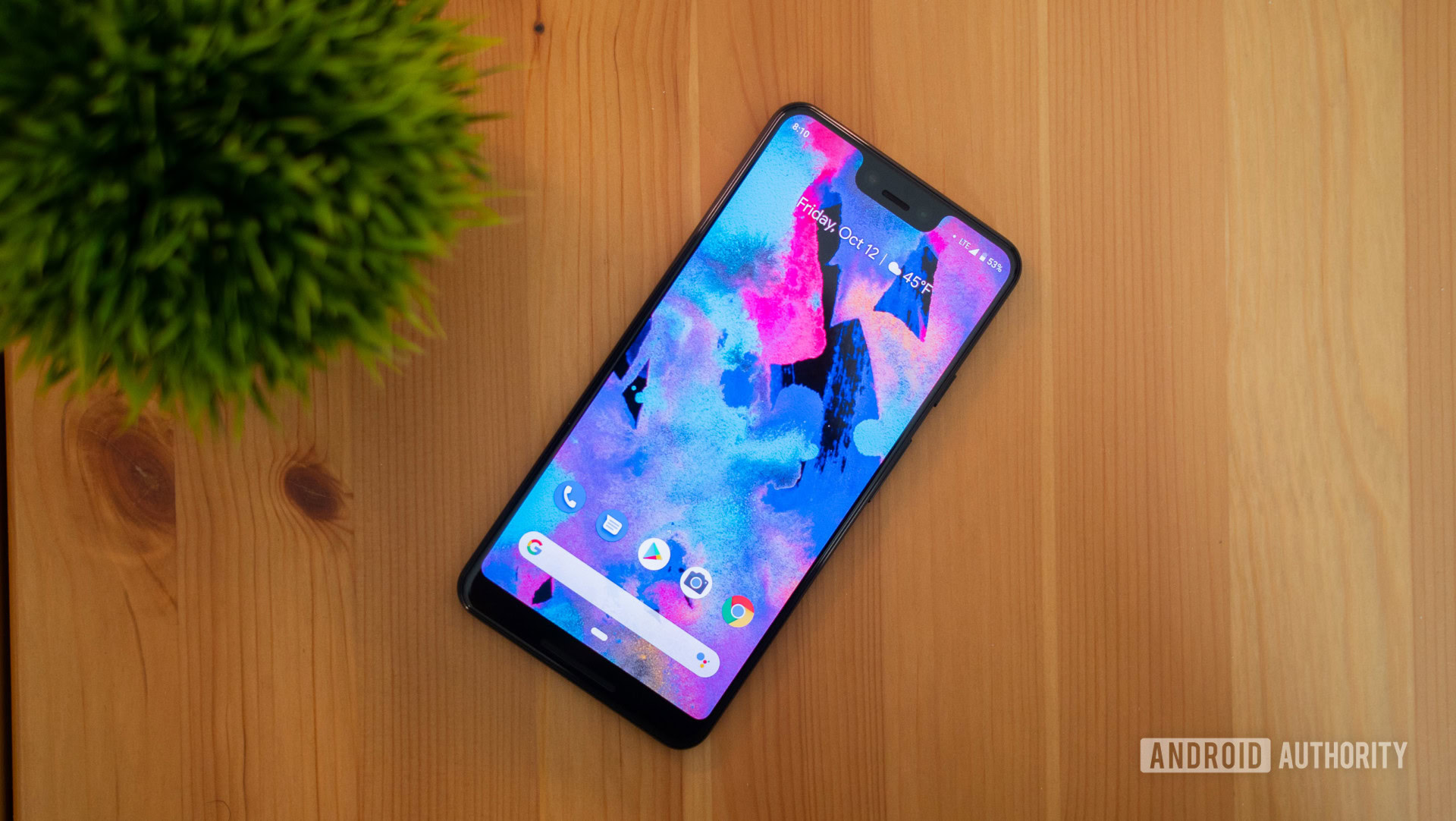
A couple of weeks ago, we answered the question of whether owners of the original Google Pixel smartphone should switch over to the new Pixel 3? (Spoiler alert: Yes!). However, does that also mean owners of the larger original Google Pixel XL phone make the move to upgrade to the new Google Pixel 3 XL? Let’s take a look.
Specs: Google Pixel 3 XL vs Pixel XL
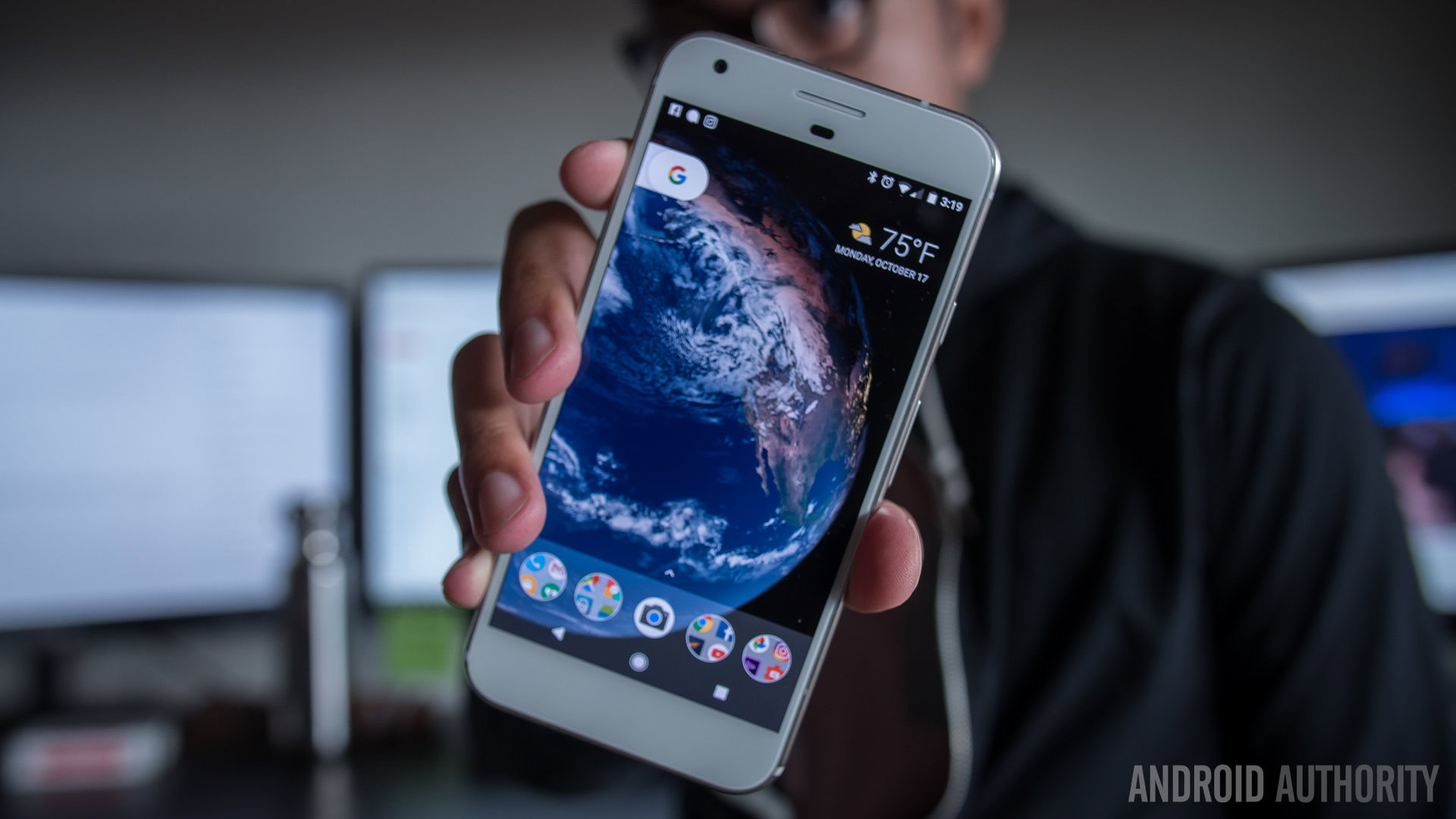
It’s been two years since the release of the original Google Pixel XL, so obviously the Pixel 3 XL offers a massive spec upgrade. Here’s a quick look at the hardware and software specs for the new Google Pixel 3 compared to the original Pixel:
| Google Pixel 3 XL | Google Pixel XL | |
|---|---|---|
Display | Google Pixel 3 XL 6.3-inch flexible OLED 1,440 x 2,960 resolution 523ppi 18.5:9 screen ratio Gorilla Glass 5 | Google Pixel XL 5.5-inch AMOLED 2560 x 1440 534ppi Gorilla Glass 4 |
Processor | Google Pixel 3 XL Qualcomm Snapdragon 845 Pixel Visual Core | Google Pixel XL Qualcomm Snapdragon 821 |
RAM | Google Pixel 3 XL 4GB | Google Pixel XL 4GB |
Storage | Google Pixel 3 XL 64GB, 128GB | Google Pixel XL 32GB, 128GB |
Cameras | Google Pixel 3 XL Rear: 12.2MP, f/1.8 aperture, 1.4 micron pixels, OIS and EIS, spectral and flicker sensor Front: Main: 8MP standard angle (75-degree FOV), f/1.8 aperture, auto-focus Secondary: 8MP wide-angle (97-degree FOV), f/2.2 aperture, fixed-focus | Google Pixel XL Rear: 12.3 MP sensor, 1.55 μm pixel size, and f/2.0 aperture, laser + phase detection autofocus Front: 8 MP sensor, 1.4 μm pixel size, and f/2.4 aperture |
Audio | Google Pixel 3 XL No headphone jack Audio over USB Type-C | Google Pixel XL 3.5mm headphone jack |
Battery | Google Pixel 3 XL 3,430mAh | Google Pixel XL 3,450mAh |
IP rating | Google Pixel 3 XL IP68 | Google Pixel XL IP53 |
Software | Google Pixel 3 XL Android 9 Pie | Google Pixel XL Android 7.1 Nougat, update to 9.0 Pie |
Extras | Google Pixel 3 XL Dual front-facing speakers Active Edge Wireless charging Pixel USB Type-C earbuds included | Google Pixel XL Single bottom-facing speaker |
Colors | Google Pixel 3 XL Just Black, Clearly White, Not Pink | Google Pixel XL Very Silver, Quite Black, Really Blue (Limited Edition) |
Dimensions and weight | Google Pixel 3 XL 158.0 x 76.7 x 7.9mm 184g | Google Pixel XL 154.7 x 75.7 x 8.6mm 168g |
Reasons to upgrade from Pixel XL to Pixel 3 XL
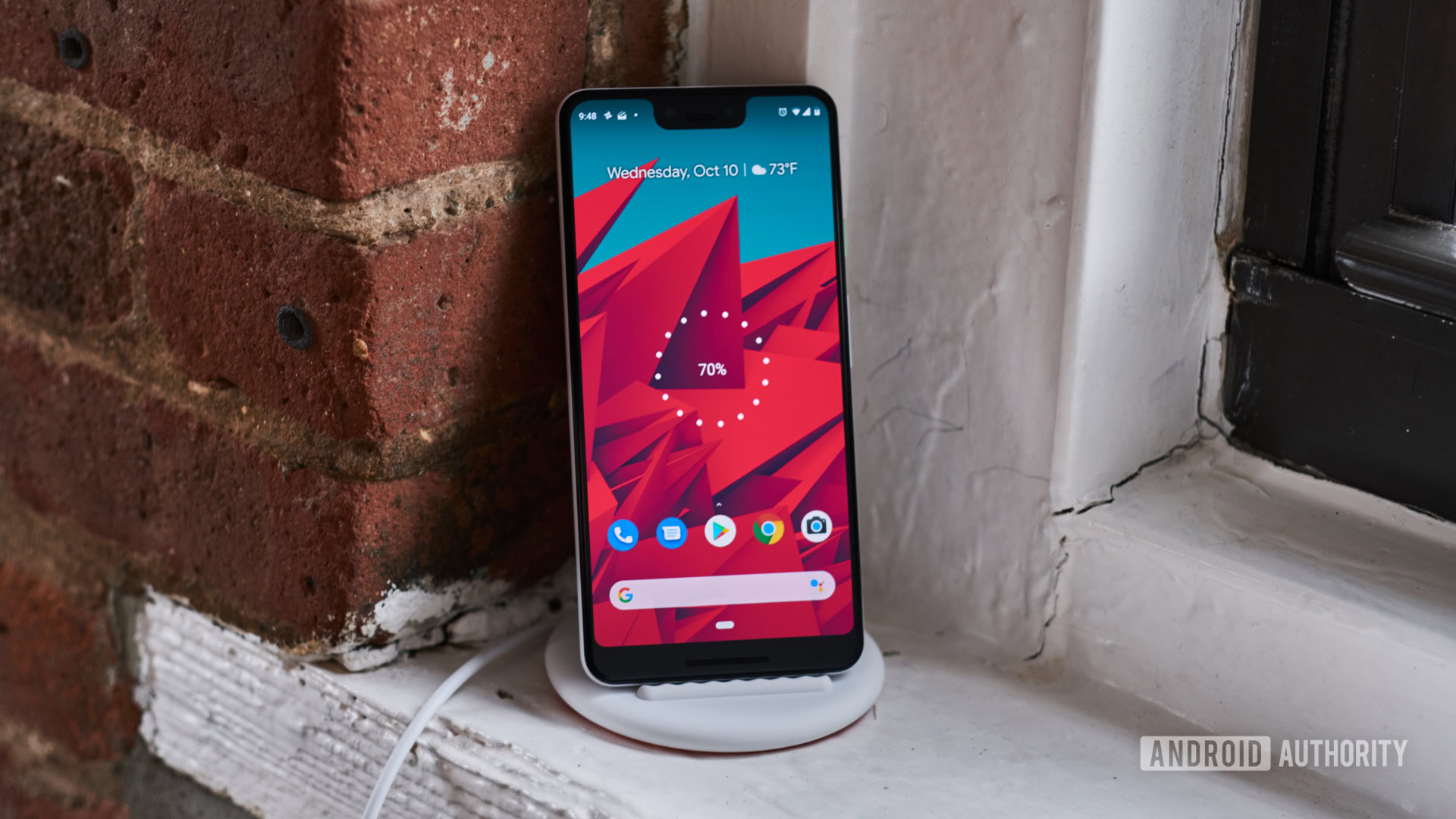
Much bigger screen, only slightly bigger phone
The Pixel 3 XL is only a bit bigger in height and length compared to the original Pixel 3, and the new phone is actually a little thinner. However, the Pixel 3 XL has a much larger 6.3-inch display, with a 1,440 x 2,960 resolution and an 18.5:9 screen ratio. The original Pixel XL had a 5.5-inch display with a 2,560 x 1,440 resolution and a 16:9 screen ratio. Ironically, the screen in the “extra large” original Pixel XL is now the same size as the standard Pixel 3, showing how drastically “large screen” phones have changed in just two years.
In addition, the Pixel 3 XL ‘s screen also uses the more advanced OLED display compared to the older AMOLED display found on the first Pixel XL
Faster processor and the Pixel Visual Core
The Google Pixel XL released in 2016 with the best mobile processor made for Android phones at that time; the Qualcomm Snapdragon 821. Not only does the new Pixel 3 XL have the current champion of the Android processors on board in the Snapdragon 845, but it also has an extra bit of hardware; the Pixel Visual Core, a chip designed by Google designed specifically to offer better images for the Pixel 3 XL’s cameras.
Better cameras
Speaking of which, both the original Pixel XL and the new Pixel 3 XL still have a single rear 12MP camera on board. However, the rear camera sensor on the Pixel 3 XL is more advanced bit of hardware compared to the one found on the original Pixel XL. The Pixel 3 XL also makes a big change from the first Pixel XL by offering dual front-facing 8MP sensors. You have a standard camera for the first sensor, plus a second wide-angle sensor, which means Pixel 3 XL owners can take selfies with more people in the picture — called a “Group Selfie” in Google’s marketing.
Wireless charging
While the battery size hasn’t changed much, the Pixel 3 XL adds wireless charging support. It’s much easier to charge a phone without having to connect to a wired charger (although you can still do that as well). The Pixel 3 XL will work with any Qi-based wireless charging pad or stand, including the new Pixel Stand Google is also selling as an optional accessory.
Water and dust resistance
The original Pixel XL was IP53 rated, which basically meant it could handle some raindrops or a quick spill. It certainly couldn’t survive a fall into a pool for more than a few seconds. The Pixel 3 XL has a much higher IP68 water and dust resistance rating, so it should still work even when it falls into a pool of water and stays there for up to 30 minutes at up to 1.5 meters in water depth. If you are at the pool this summer, the Pixel 3 XL should survive if you accidentally drop it in the water.
Dual front-facing speakers
While the first Pixel XL had just one single bottom-facing speaker, the Pixel 3 XL rocks dual front-facing speakers. This should naturally result in a much better audio experience for those times when you aren’t using headphones or earbuds.
Obviously, there are other reasons why the Pixel 3 XL is a very real upgrade, including a more modern design, but you get the picture. Unfortunately, as good as the Pixel 3 XL is, it’s not without sacrifice.
Downsides to upgrading from Pixel XL to Pixel 3 XL
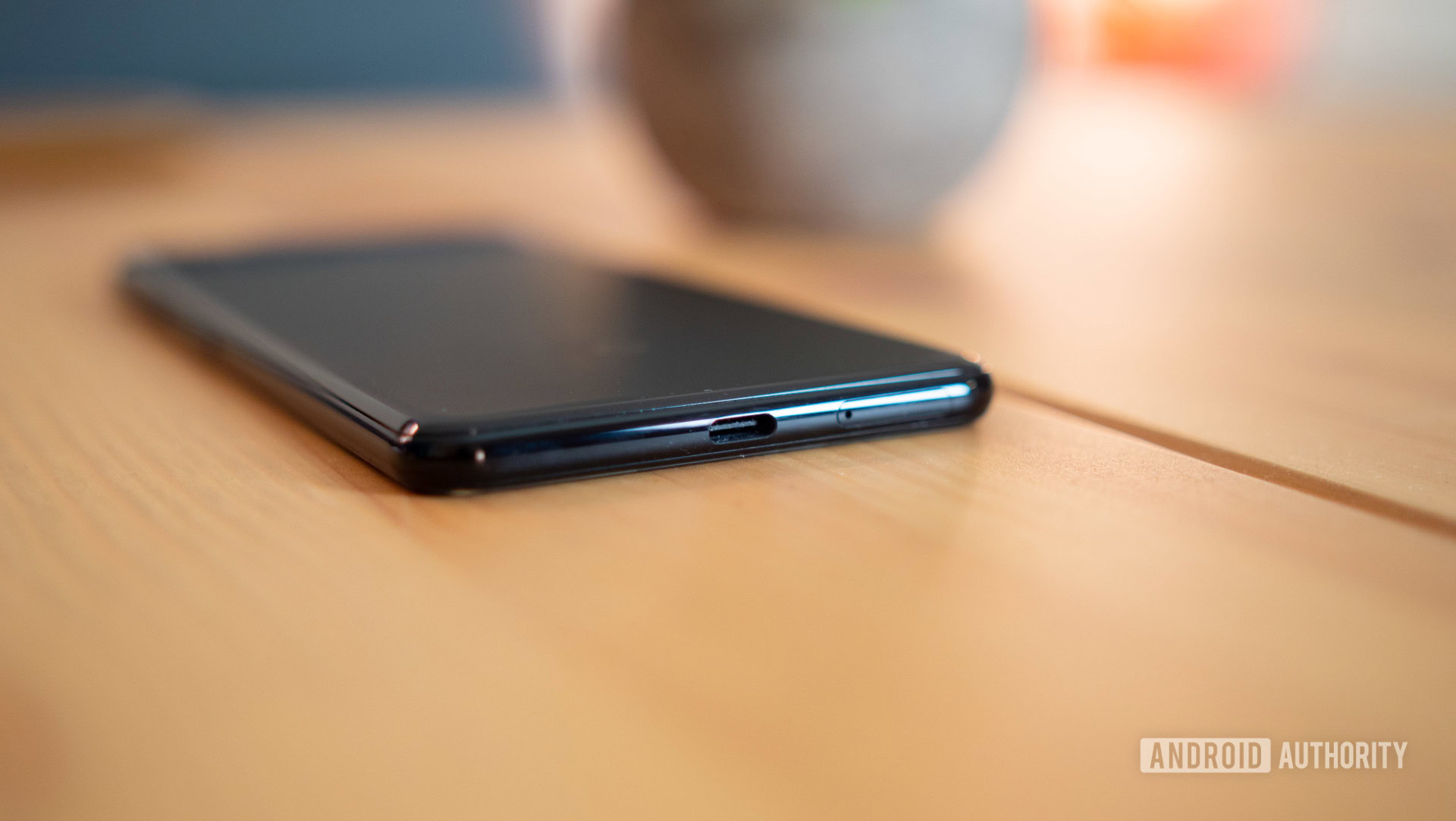
No headphone jack
The Pixel 3 XL ditches the headphone jack for the first time in the history of the brand. While the phone comes with a pair of USB Type-C earbuds, and we have already mentioned its dual speakers, many people still love the 3.5mm headphone jack. If you are one of them, and you own the original Pixel XL, you may not be happy losing it with this Pixel 3 XL upgrade.
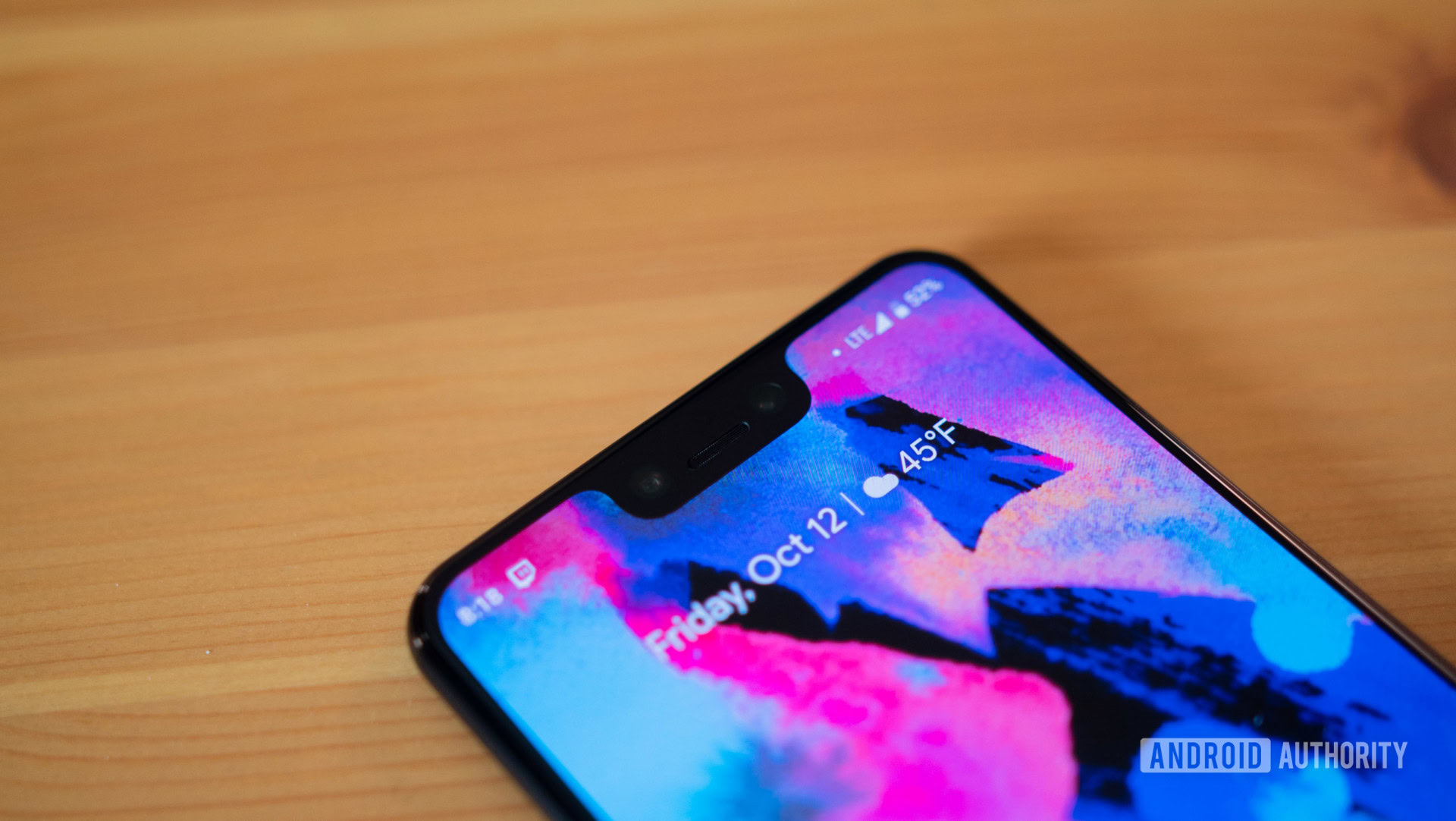
The Pixel 3 XL’s display notch
There’s no getting around this point: the 6.3-inch display on the Pixel 3 XL has a notch on top to cut down on the phone’s bezels, a trend that started in late 2017. Because the phone has dual front-facing cameras this time, that also means the Pixel 3 XL has a rather large cutout as well. If you’re one of the many smartphone consumers who hate notches on phone displays, you might want to bypass getting the new larger Pixel 3 XL.
Google lets owners of the Pixel 3 XL to hide the notch, but it’s harder for the casual smartphone owner to get it working. Thankfully, we have written out a guide to hiding the Pixel 3 XL notch without having to download a special app or custom ROM.
Losing the Really Blue color version
This may be a minor point, but we wish the Pixel 3 XL still came in the cool looking really blue edition the original Pixel XL and smaller Pixel had as a limited option.
So should you upgrade from the Pixel XL to the Pixel 3 XL
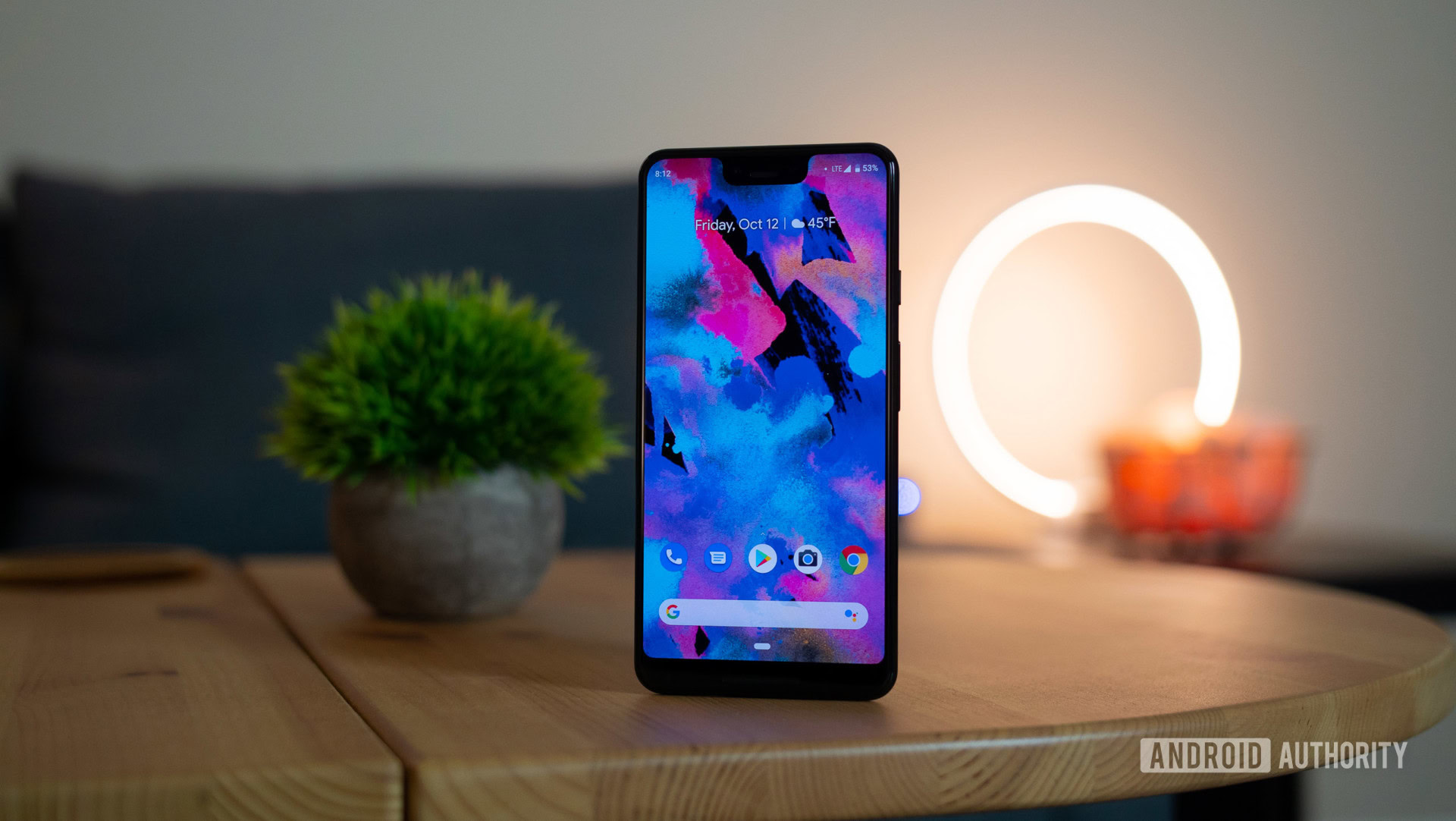
The Pixel 3 XL is a huge improvement compared to the original Pixel XL in nearly every way. You get a bigger screen without a much bigger phone (even with the notch on top), along with wireless charging, dual front-facing cameras, full waterproofing, and much more. If you own and love the Pixel XL, trading it in for the Pixel 3 XL is pretty much a no-brainer.